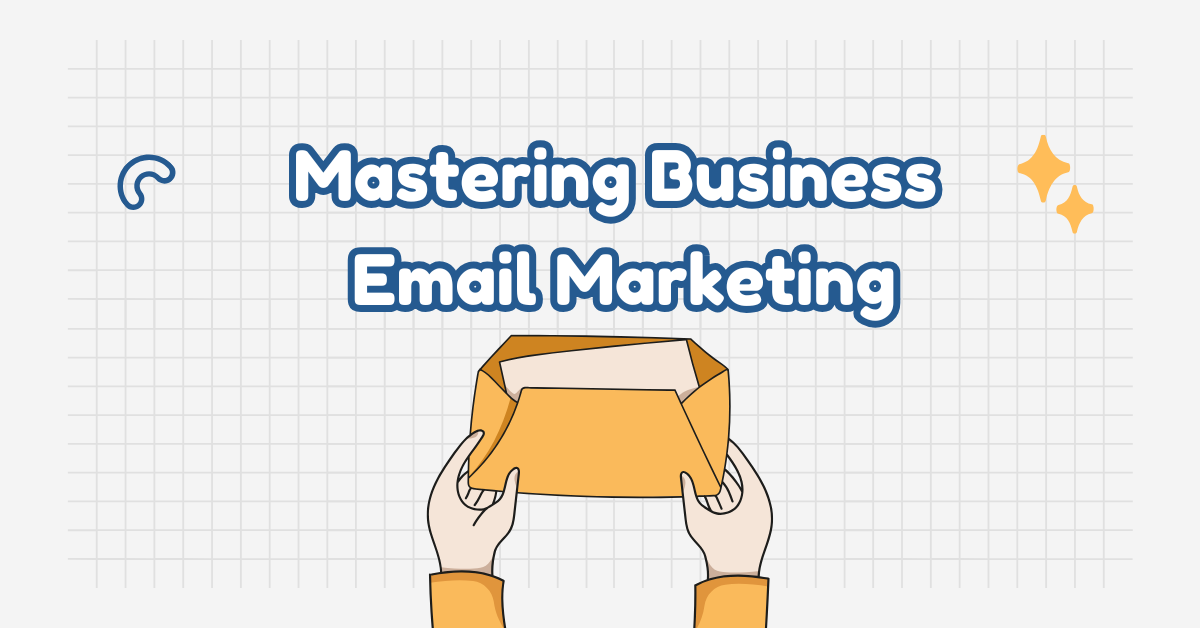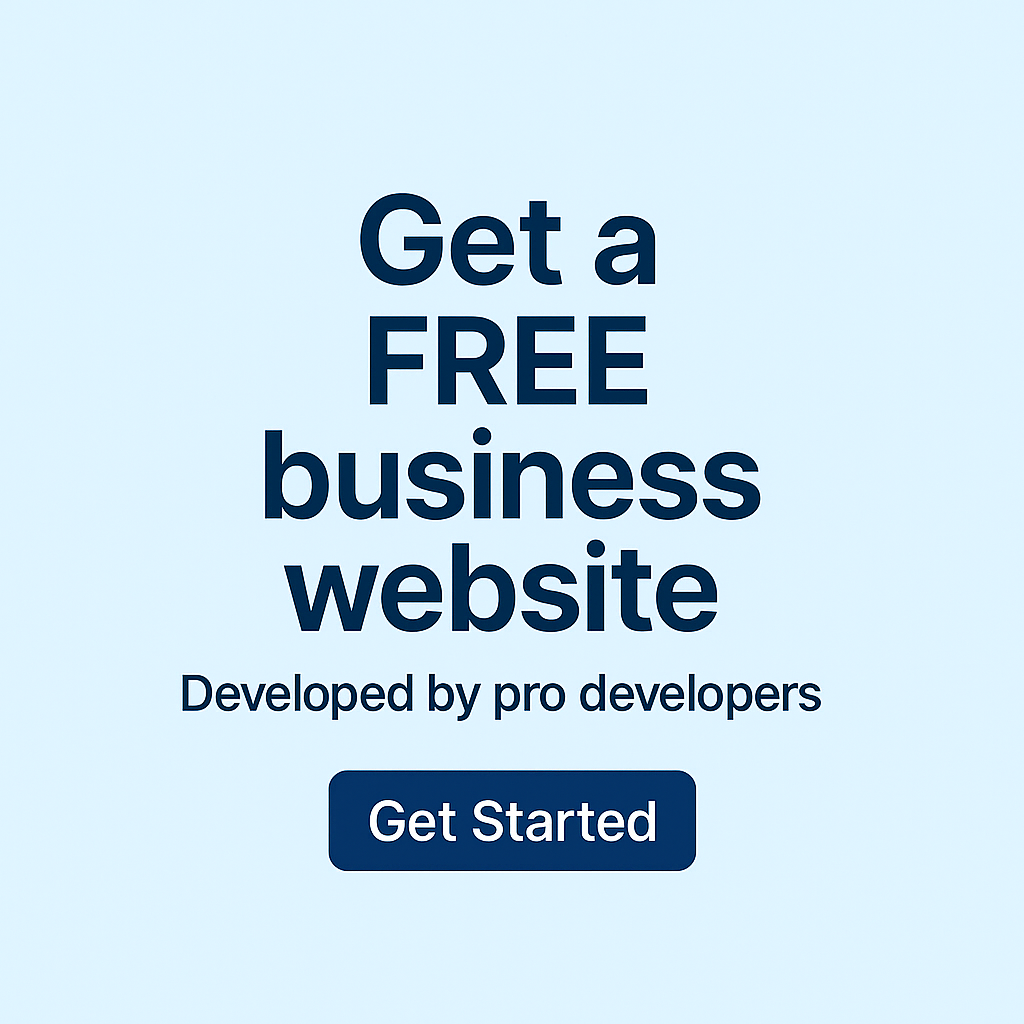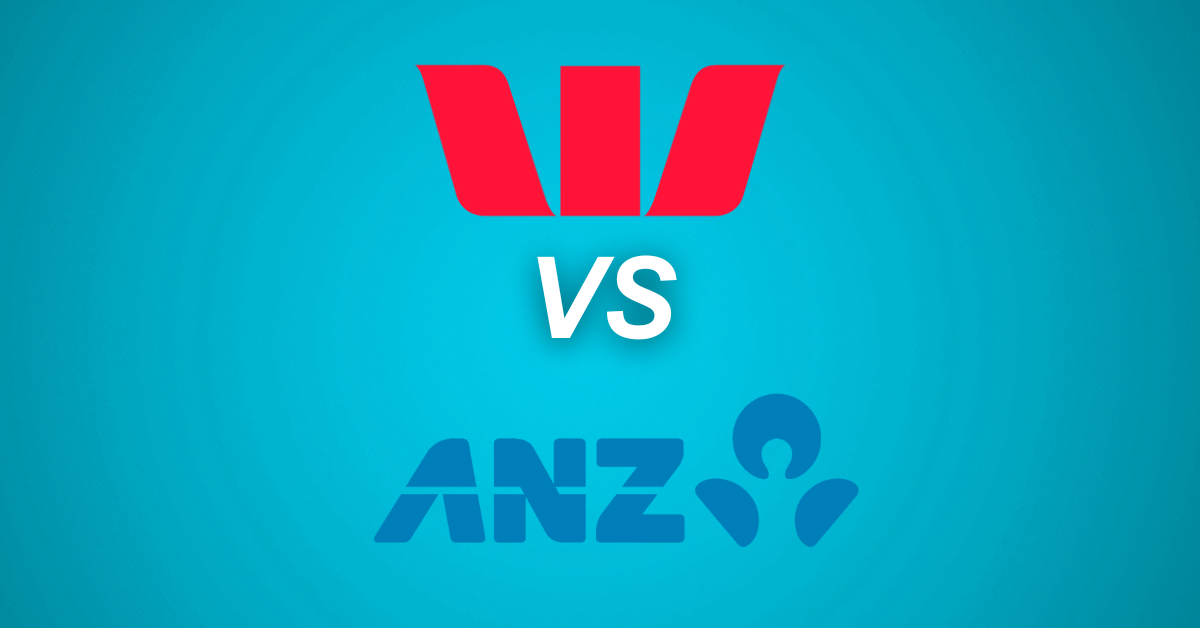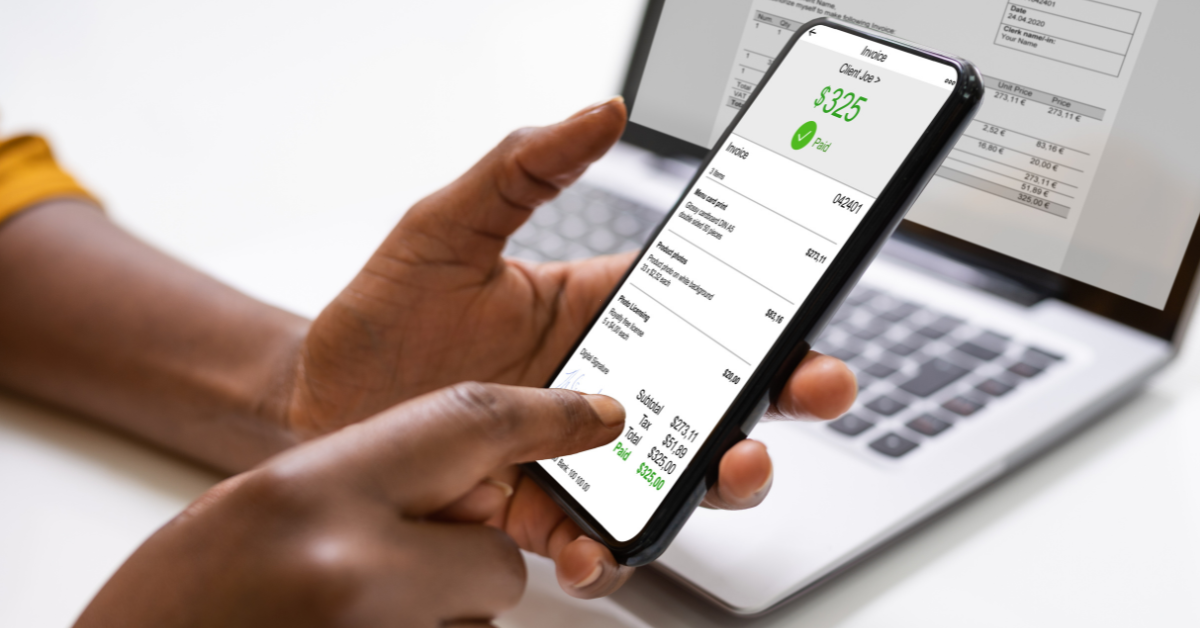In today’s digital age, mastering business email marketing is a crucial step for small business owners, entrepreneurs, and marketing professionals looking to propel their ventures forward.
With the right business email strategies, you can craft effective email campaigns that not only capture attention but also drive engagement and conversions. Building a strong email list is the first step to setting the foundation for a successful email funnel optimization.
From targeted email outreach to personalized email marketing, each tactic plays a role in nurturing leads and turning prospects into loyal customers.
Join us as we explore the essential components of email automation and conversion rate optimization, providing you with the tools to track email metrics and refine your approach for maximum impact.
NOTE: Get Your Free Business Marketing Plan PDF Guide below.
Building a Strong Email List
Building a strong email list is the foundation of successful email marketing. This section explores effective techniques and strategies for growing your subscriber base and reaching the right audience.
Effective Email List Building Techniques
Email list building is a critical step in creating a solid foundation for your email marketing efforts. It’s about more than just collecting email addresses; it’s about attracting interested subscribers who are likely to engage with your content and become customers.
One effective technique is to offer valuable content in exchange for email sign-ups. This could be an e-book, a whitepaper, or a free consultation. Make sure the offer is relevant to your target audience and provides real value.
Another approach is to use social media platforms to promote your email list. Share snippets of your email content and encourage followers to subscribe for more. You can also run social media contests where entry requires an email sign-up.
Website optimization is crucial for list building. Place sign-up forms strategically on your site, such as in the header, footer, and within blog posts. Consider using pop-ups or slide-ins, but be careful not to disrupt the user experience.
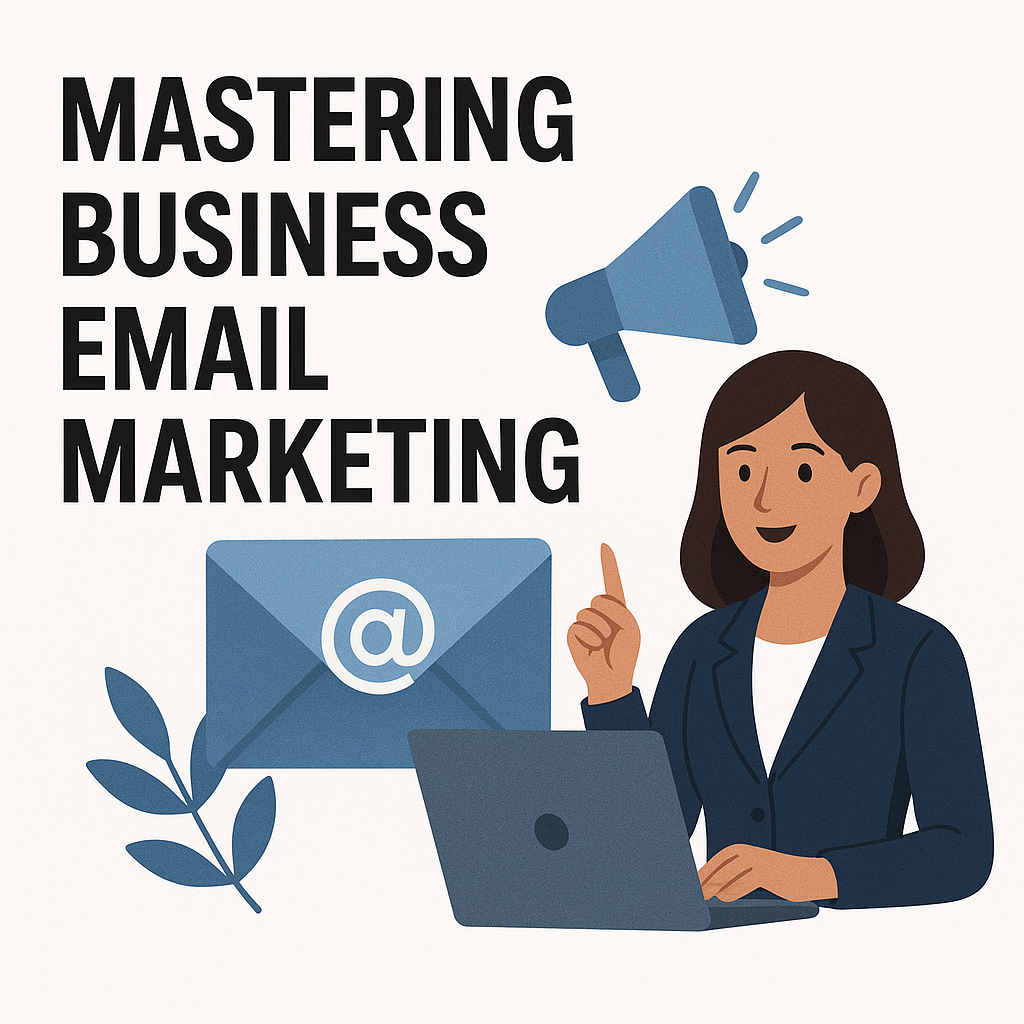
Strategies for Targeted Email Outreach
Targeted email outreach involves reaching out to specific individuals or groups with personalized messages. This approach can be highly effective in growing your email list with quality subscribers who are more likely to engage with your content.
Start by identifying your ideal subscriber. Create detailed buyer personas that include demographics, interests, and pain points. This will help you tailor your outreach efforts and create more relevant content.
Research is key in targeted outreach. Use tools like LinkedIn or industry databases to find potential subscribers who match your ideal customer profile. Look for commonalities or shared interests that you can reference in your outreach.
When reaching out, personalize your message. Mention how you found them and why you think they’d benefit from your email content. Be clear about what they’ll gain by subscribing, and always provide an easy way to opt out.
Remember to follow up, but don’t be pushy. If someone doesn’t respond, send a polite reminder after a week or two. If there’s still no interest, respect their decision and move on to other prospects.
Crafting Compelling Email Campaigns
Crafting compelling email campaigns is an art that combines persuasive writing, eye-catching design, and strategic planning. This section delves into personalization tactics and design principles to help you create emails that resonate with your audience.
Personalized Email Marketing Tactics
Personalized email marketing goes beyond simply addressing the recipient by name. It’s about delivering content that’s relevant and valuable to each subscriber, based on their interests, behavior, and preferences.
Start by segmenting your email list. Group subscribers based on factors like purchase history, engagement level, or demographic information. This allows you to send more targeted, relevant content to each group.
Use dynamic content to personalize emails further. This involves creating sections of your email that change based on the recipient’s data. For example, you might show different product recommendations to different age groups.
Behavioral triggers are another powerful personalization tactic. Set up automated emails that are sent based on specific actions a subscriber takes, such as abandoning a cart or viewing a particular product page.
Don’t forget to personalize your subject lines and preview text. These are the first things a recipient sees, so make them relevant and enticing to increase open rates.
Designing Effective Email Campaigns
Effective email campaign design is crucial for capturing attention and driving engagement. A well-designed email not only looks professional but also guides the reader towards your desired action.
Start with a clear hierarchy. Use headings, subheadings, and white space to break up your content and make it easy to scan. Place your most important message or call-to-action (CTA) near the top of the email.
Choose colors that align with your brand and create contrast to highlight key elements. Use a color palette of 2-3 colors to keep your design clean and professional.
Images can significantly enhance your email, but use them judiciously. Ensure they’re relevant to your message and optimized for quick loading. Always include alt text for accessibility and in case images don’t load.
Make your CTA buttons stand out. Use contrasting colors and clear, action-oriented text. Ensure buttons are large enough to be easily tapped on mobile devices.
Always test your email design across different devices and email clients before sending. What looks great on your desktop might not render well on a smartphone or in specific email programs.
Leveraging Email Automation
Email automation is a powerful tool that allows businesses to send timely, relevant emails to subscribers without manual intervention. This section explores how to set up effective email funnels and the benefits of automation for small businesses.
Setting Up Email Funnel Optimization
Email funnel optimization involves creating a series of automated emails that guide subscribers through the customer journey, from initial interest to purchase and beyond. An optimized funnel can significantly increase conversions and customer retention.
Start by mapping out your customer journey. Identify key touchpoints where automated emails can provide value, such as welcome series, abandoned cart reminders, or post-purchase follow-ups.
Create a welcome series to introduce new subscribers to your brand. This could include a series of 3-5 emails that provide valuable content, showcase your products or services, and encourage engagement.
Set up behavioral triggers to send targeted emails based on subscriber actions. For example, if a subscriber views a product but doesn’t purchase, you could send a follow-up email with more information or a special offer.
Don’t forget about re-engagement campaigns for inactive subscribers. Set up a series of emails to win back subscribers who haven’t opened your emails in a while.
Regularly review and optimize your email funnel. Look at metrics like open rates, click-through rates, and conversion rates to identify areas for improvement.
Benefits of Email Automation for Small Businesses
Email automation offers numerous benefits for small businesses, allowing them to compete effectively with larger companies and make the most of limited resources.
One of the primary benefits is time-saving. Once set up, automated emails run in the background, freeing up your team to focus on other essential tasks. This is especially valuable for small businesses with limited staff.
Automation also enables consistent communication with your audience. You can ensure that every new subscriber receives the same high-quality onboarding experience, regardless of when they sign up.
Personalization at scale becomes possible with automation. You can use subscriber data to send targeted, relevant messages to different segments of your audience automatically.
Automated emails can significantly improve customer retention. By sending timely, relevant messages throughout the customer lifecycle, you can keep your brand top-of-mind and encourage repeat purchases.
Finally, automation allows for easy testing and optimization. You can set up A/B tests for different elements of your emails and automatically send the winning version to the rest of your list.
Analyzing and Optimizing Email Performance
Analyzing and optimizing email performance is crucial for continual improvement of your email marketing efforts. This section covers key metrics to track and strategies for improving conversion rates.
Key Email Metrics Tracking
Tracking the right email metrics is essential for understanding the effectiveness of your campaigns and identifying areas for improvement. It’s not just about collecting data, but interpreting it to make informed decisions.
Open rate is a fundamental metric to track. It tells you what percentage of recipients opened your email. A low open rate might indicate issues with your subject lines or send times.
Click-through rate (CTR) measures how many recipients clicked on a link in your email. This metric can help you gauge the effectiveness of your content and calls to action.
Conversion rate is perhaps the most important metric, as it measures how many recipients took the desired action (like making a purchase). Track this to understand the ROI of your email campaigns.
Bounce rate and unsubscribe rate are also essential to monitor. A high bounce rate could indicate list quality issues, while a high unsubscribe rate might suggest your content isn’t meeting subscriber expectations.
Don’t forget to track device and email client usage. This can help you optimize your email design for the platforms your subscribers use most.
Improving Conversion Rate Optimization
Conversion rate optimization (CRO) in email marketing is about making strategic changes to your emails to increase the percentage of recipients who take your desired action. It’s an ongoing process of testing and refinement.
Start by clearly defining your conversion goal for each email. Is it to make a sale, download a resource, or book a consultation? Make sure this goal is clear in your email design and copy.
Use A/B testing to optimize various elements of your emails. Test different subject lines, CTAs, images, and even send times to see what resonates best with your audience.
Personalization can significantly boost conversion rates. Use subscriber data to tailor your offers and content to each recipient’s interests and behaviors.
Create a sense of urgency or scarcity in your emails when appropriate. Limited-time offers or exclusive deals can motivate recipients to take action quickly.
Always ensure your emails are mobile-friendly. With more than half of emails opened on mobile devices, a poor mobile experience can severely impact your conversion rates.
Advanced Business Email Strategies
Advanced business email strategies can take your email marketing to the next level, helping you stand out in crowded inboxes and achieve better results. This section explores integrating email with other channels and the long-term benefits of professional email strategies.
Integrating Email Marketing with Other Channels
Integrating email marketing with other channels creates a cohesive marketing strategy that reinforces your message across multiple touchpoints. This approach can significantly enhance the effectiveness of your overall marketing efforts.
Start by aligning your email content with your social media strategy. Share snippets of your email content on social platforms to drive sign-ups, and use social media insights to inform your email content.
Integrate email with your content marketing efforts. Use your blog or podcast to promote email sign-ups, and use email to distribute your latest content to subscribers.
Consider how email fits into your customer service strategy. Use automated emails to follow up on customer inquiries or to gather feedback after a purchase or interaction.
Don’t forget about offline channels. If you have a physical store or attend events, collect email addresses and use these interactions to inform your email content.
Use marketing automation tools to create seamless experiences across channels. For example, you could trigger an email based on a customer’s website behavior or social media interaction.
Long-term Benefits of Professional Email Strategies
Implementing professional email strategies can yield significant long-term benefits for your business, contributing to sustainable growth and customer loyalty.
One key benefit is improved customer retention. By consistently delivering valuable, relevant content to your subscribers, you can keep your brand top-of-mind and encourage repeat business.
Professional email strategies also contribute to brand building. Regular, high-quality email communication helps establish your brand as an authority in your industry and builds trust with your audience.
Over time, you’ll gather valuable data about your customers’ preferences and behaviors. This data can inform not just your email strategy, but your overall business strategy.
Cost-effectiveness is another long-term benefit. While there may be initial costs in setting up professional email systems, the ongoing costs are relatively low compared to many other marketing channels.
Finally, professional email strategies can lead to a more engaged customer base. As you refine your approach based on data and feedback, you’ll create a community of loyal customers who are more likely to advocate for your brand.

